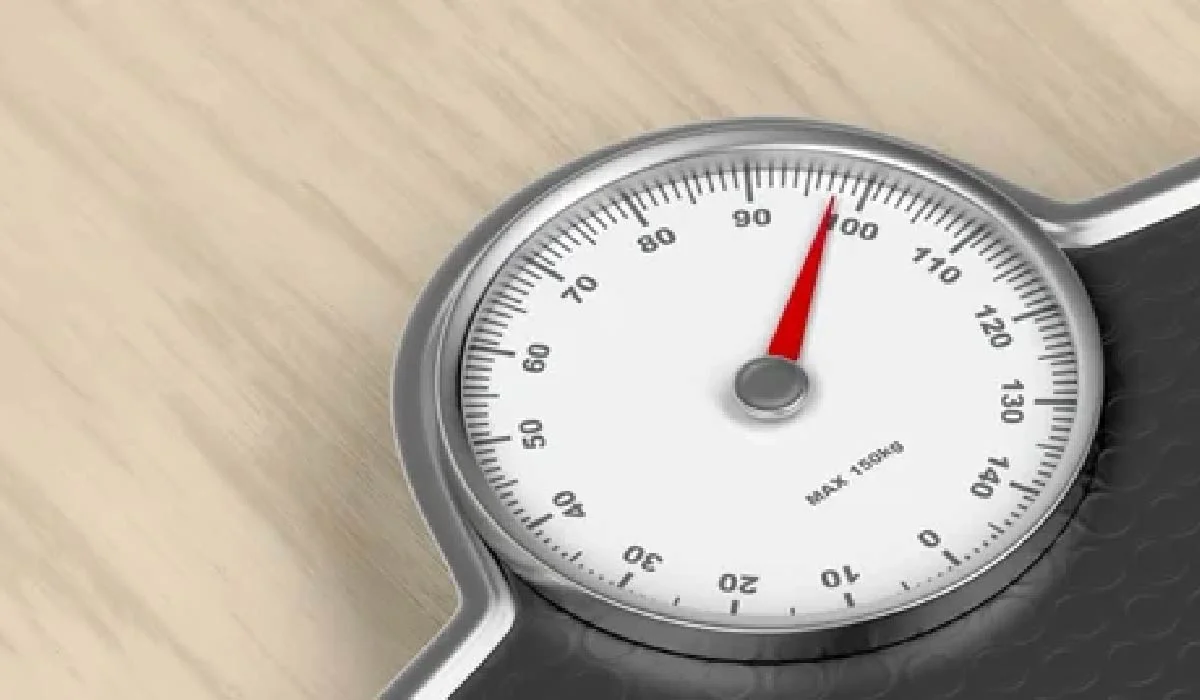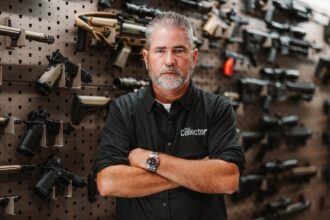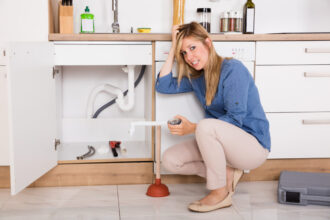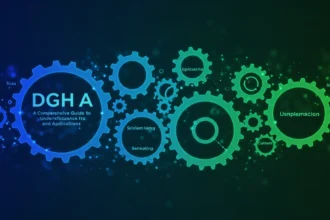Introduction to Kalibraatio
In a world where precision matters, the concept of kalibraatio stands as a cornerstone for accuracy in measurement. Whether you’re an engineer fine-tuning machinery or a chef perfecting recipes, calibration plays an essential role in ensuring your tools deliver consistent results. Yet, despite its significance, many people overlook this crucial process. Understanding kalibraatio can not only enhance the reliability of your equipment but also elevate the quality of work across various industries. Join us on this journey to uncover the hidden power behind accurate tools and discover why calibration deserves more attention than it usually gets.
History and Evolution of Calibration
The history of kalibraatio traces back to ancient civilizations. Egyptians and Greeks used rudimentary methods to ensure accuracy in measuring tools for construction and trade. They recognized the significance of precision.
With time, calibration evolved significantly during the Renaissance. Scientific advancements led to more standardized measurements, laying groundwork for modern practices. Instruments became increasingly sophisticated as demand for accuracy grew.
In the 18th century, organizations began formalizing processes around calibration standards. This era marked a shift towards systematic approaches that would define industries in the centuries following.
The Industrial Revolution introduced mass production, making reliable calibration essential across various sectors. As technology advanced, so did techniques and methodologies surrounding kalibraatio.
Today’s digital age has further transformed calibration with automation and software solutions. It reflects an ongoing journey toward achieving ever-higher levels of precision in measurement tools used worldwide.
Importance of Calibration in Various Industries
Calibration plays a vital role across numerous industries, ensuring that tools and instruments provide accurate measurements. In manufacturing, precise calibration can mean the difference between flawless production and costly defects.
In healthcare, calibrated medical devices are essential for patient safety. A miscalibrated thermometer or blood pressure monitor can lead to incorrect diagnoses, impacting treatment decisions.
The food industry also relies heavily on calibration to maintain quality control. Accurate scales and temperature gauges ensure that products meet safety standards and regulatory requirements.
Even in research laboratories, where data inty is paramount, proper calibration guarantees reliable results. Without it, scientific findings could be flawed or misleading.
Every sector benefits from the confidence that comes with well-calibrated equipment. This trust underpins successful operations and fosters accountability within organizations of all sizes.
Types of Calibration: Traceable, Accredited, and In-House
Calibration comes in various forms, each serving specific needs. Traceable calibration is essential for ensuring that measurements align with national or international standards. This type provides a documented chain of evidence, demonstrating the accuracy and reliability of tools.
Accredited calibration takes it a step further. Conducted by recognized organizations, this form guarantees compliance with strict quality management systems. Businesses often seek accredited services to instill confidence in their equipment’s performance.
In-house calibration offers flexibility for companies looking to maintain control over their processes. While it can be cost-effective, it’s crucial to ensure technicians are properly trained and follow stringent protocols to achieve reliable results. Each type plays a vital role in different settings, catering to unique requirements while enhancing overall measurement inty.
The Process of Calibration: Step-by-Step Guide
Calibration begins with identifying the equipment that needs adjustment. This selection is crucial for ensuring accurate measurements.
Next, gather all necessary tools and standards. These may include reference instruments or certified weights to serve as benchmarks.
The third step involves setting up the device in a controlled environment. Temperature and humidity can affect readings, so it’s essential to minimize any external influences.
Once everything is in place, perform initial measurements. Compare these readings against established standards to pinpoint discrepancies.
Adjust the equipment accordingly based on your findings. Each calibration method might differ slightly depending on the type of tool used.
Document every stage of the process meticulously. Keeping records not only helps track performance over time but also ensures compliance with industry regulations.
Benefits of Regular Calibration for Businesses and Consumers
Regular calibration offers numerous advantages for both businesses and consumers. For companies, it enhances operational efficiency. Accurate tools ensure that processes run smoothly, reducing errors and minimizing waste.
In industries like manufacturing or healthcare, precision is critical. Properly calibrated instruments lead to reliable results in products and services, fostering trust with clients.
Consumers also benefit from regular calibration. When using tools for personal projects or home improvements, accuracy matters. A well-calibrated measuring instrument ensures that dimensions are correct, improving the outcome of any task.
Additionally, consistent calibration helps extend the lifespan of equipment. By identifying issues early on, businesses can prevent costly repairs or replacements down the line.
Adhering to calibration standards can bolster a company’s reputation in competitive markets. Being known for quality assurance attracts new customers while retaining existing ones who value reliability.
Frequently Asked Questions about Kalibraatio
Kalibraatio can raise many questions, especially for those new to the concept. One common inquiry is about how often tools should be calibrated. The answer varies based on usage and industry standards, but regular checks are essential.
Another frequent question revolves around costs. Calibration expenses depend on the type of tool and service provider, but investing in calibration ensures accuracy and minimizes costly errors down the line.
Some may wonder if calibration affects a tool’s lifespan. Properly calibrated instruments tend to last longer since they operate within their intended parameters.
Many ask whether all tools require kalibraatio. While not every device needs calibration, tools used in precise measurements or critical tasks benefit greatly from regular assessments. This keeps operations efficient and reliable across various applications.
Conclusion: How Calibration Ensures Precision and Reliability in Tools
Calibration, or kalibraatio, plays a critical role in ensuring the accuracy and reliability of tools across various industries. By maintaining precise measurements, businesses can enhance their operations and deliver high-quality products. With the right calibration processes in place, companies not only comply with industry standards but also foster trust among consumers.
Regular calibration reduces errors and discrepancies that might compromise safety and performance. It helps maintain consistency over time, which is essential for everything from manufacturing to laboratory testing. For consumers, using calibrated tools means they can rely on accurate results whether they’re cooking at home or conducting scientific research.
Investing in proper calibration methods—be it traceable, accredited, or in-house—ensures that every tool performs as expected. As technology advances and industries evolve, the importance of kalibraatio remains undeniable. Emphasizing its significance will lead to better practices and outcomes for everyone involved.

















